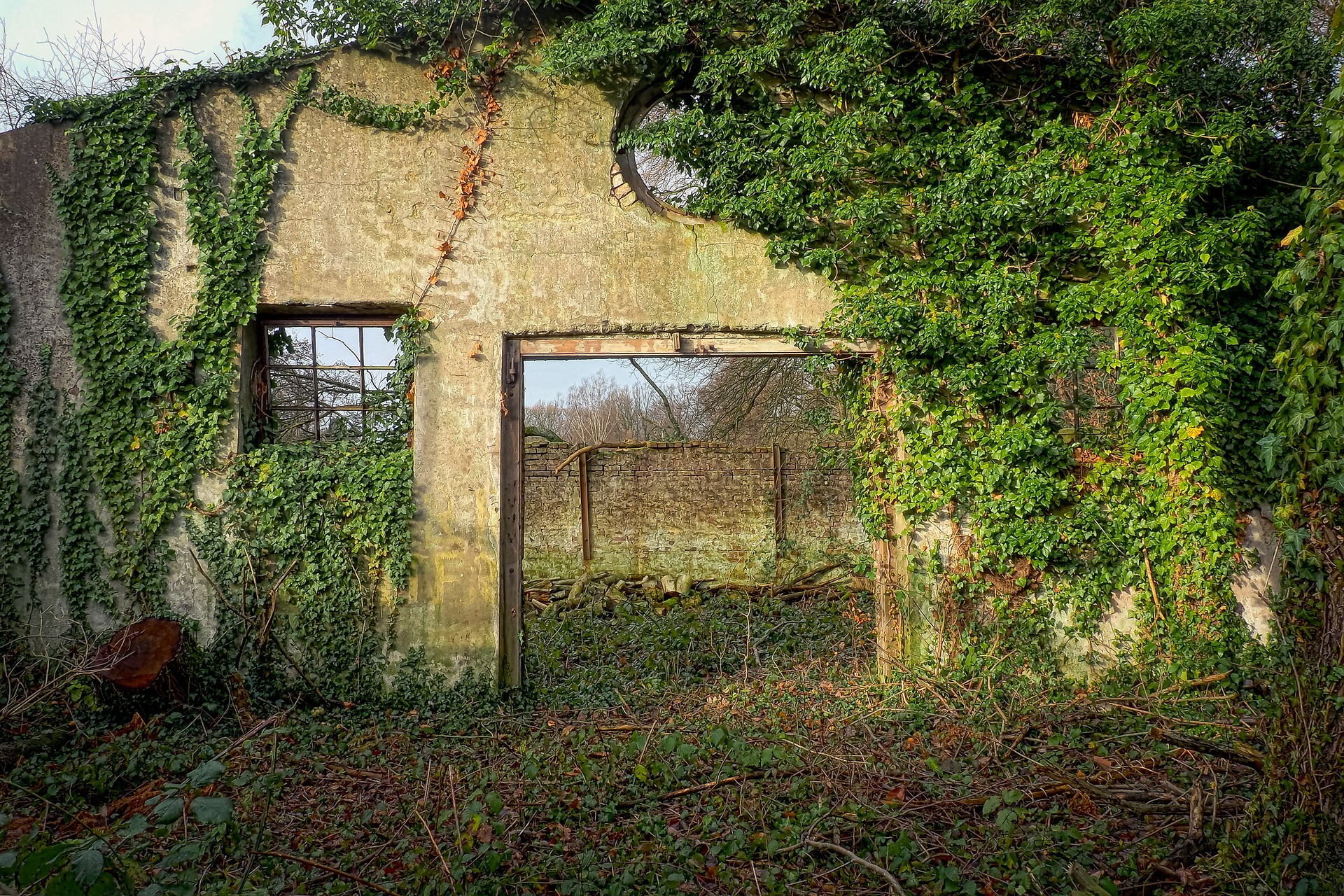
Your Legacy on Earth May Be a Plant
By Veronique Greenwood
Sign up for our monthly newsletter!
Where I grew up in northern California, we were surrounded by the remains of Gold Rush towns, now subsumed into the wild rye. I used to look for these places on old maps and then search them out by car and on foot; sometimes the only sign I had arrived was a single blackened chimney or a gravestone smothered in weeds. But in springtime, when the first flowers are opening up all over, the remnant I remember is the daffodils.
Most people don’t realize how easy it is, when it comes down to it, for almost all signs of their existence to be wiped from the landscape. Fields turn into forests in less than a generation, if properly neglected. Houses are overtaken with creepers and birds’ nests and their roofs grow mossy and sag groundward after enough heavy rain. Within ten minutes’ drive of our house, there were no fewer than five home sites that had gone to seed, and sometimes to earth, with nothing left but a foundation and thousands of daffodils.
This last detail turns out to be a telling sign of former habitation. “If you find daffodils in a wild area, you can usually find chimneys,” says Robert Warren, an ecologist at Buffalo State University. Warren lived for years in North Carolina, another place where daffodils are thick where there used to be homes—the flowers just keep going on their own, for decades after they’re no longer tended. The old residents “got them through the Sears-Roebuck catalog—the bulbs,” says Warren. When he goes hiking, he likes to try to read the landscape, looking for signs of an area’s history in the vegetation.
It was this habit that, many years ago, led Warren to notice something peculiar about a tree species sprinkled through the southern Appalachians. Honey locust trees are distinctive: They’re covered with enormous, glossy thorns, some as long as your hand, and they bear long brown seed pods. Their preferred ecological niche involves poor, salty soil. But Warren was seeing them scattered in the lush river valleys. He would stumble on a thorny monolith in a place where it had no business being, and he would wonder. “One day I was out in the field,” he recalls, “and it dawned on me that every time I saw a honey locust, I could throw a rock and hit an archaeological site.”
If the Cherokee left signs that last centuries, will modern societies’ marks last for millennia? What will our daffodils and honey locusts be?
It took years of hiking, surveying, and experimenting to develop and verify the insight that he’s just published in a PLOS One paper: The honey locust’s distribution in the southern Appalachians seems to be more closely linked to the existence of centuries-old Cherokee settlements than to its ecological niche. The signature of people forced off this land by Andrew Jackson more than 150 years ago still remains in the form of these trees.
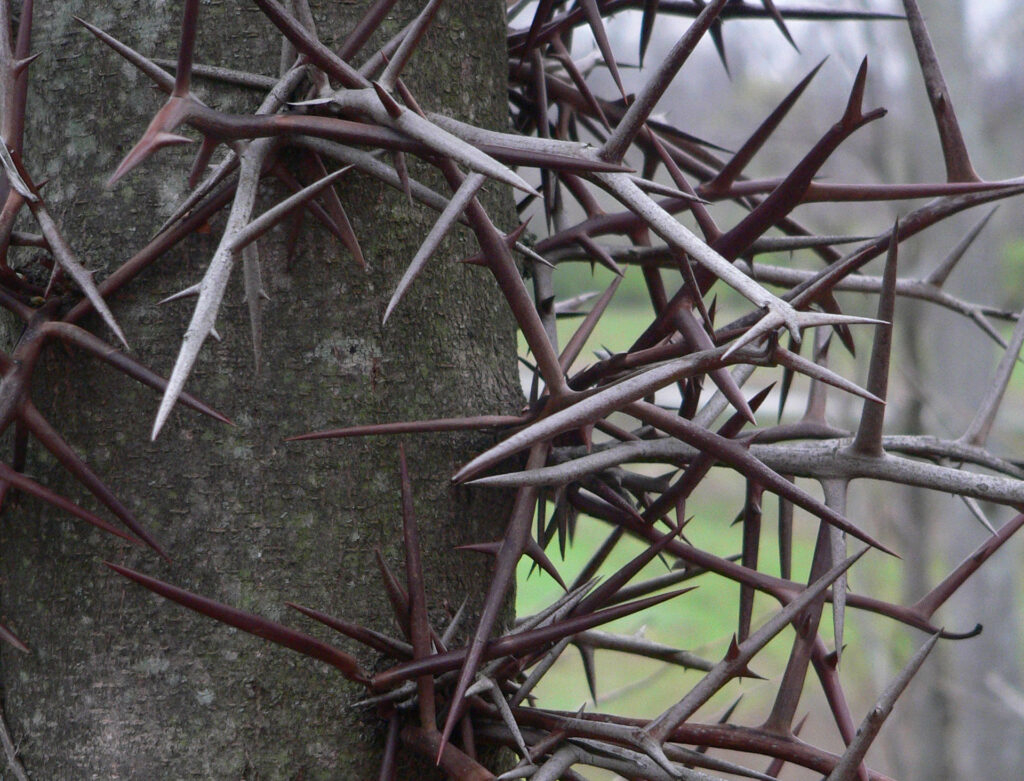
Thorns of the honey locust tree. Greg Hume, CC BY-SA 3.0, via Wikimedia Commons
The Cherokee used to boil honey locust pods as a source of sugar, and the trees also had mystical significance for them, ethnographies from the late 1800s record. Even today, members of the Cherokee Nation whom Warren spoke with during the study were about the only people he met who knew that the honey locust was edible. They noted that it was hell on tractor tires, but the pods were sweet. With the permission of the Eastern Band of Cherokee Indians, Warren surveyed their land, as well as national forests and other private land, for trees. He also conducted experiments on what it takes for honey locust seeds to grow in different kinds of soil and investigated whether the trees could have been borne to their destinations by cattle or deer or on rivers. None of these dispersal methods could adequately explain the trees’ distribution, he found.
The explanation that fits best is that people brought them along, planting them nearby for their sugar and for other purposes. “It’s a really tough question to get at because it’s essentially correlational,” Warren admits. There were no experiments he could do that would prove that this happened, but it is supported by the evidence. He once thought he had found a honey locust with no tie to an archaeological site, in North Carolina. But this one, too, turned out to have a human connection. The friend who brought Warren there explained that a Cherokee man called Chief Rabbit used to live nearby. The night before he was forced to leave for Oklahoma, Chief Rabbit had signed the property over to a new owner, and a tree from that time is still standing.
How long these honey locusts will be there is a good question. It turns out that the seeds need to be activated before they sprout, usually by going through the gut of a large animal, but boiling works, too. While honey locust will grow in the wet bottom lands, unless there’s someone there to boil the pods, seedlings don’t take very well. Some of the oldest trees Warren’s surveyed are now dead, and they haven’t left many offspring. “It’s probably a century until they’re gone—there’s going to be a lot less, anyway,” he says. “But they’ve persisted for 400 years. Maybe I shouldn’t be quite as dour about that.”
Humans have long been carrying plants far from their original homes at a breakneck rate, especially in the last couple hundred years. Even if we were to disappear, it’s safe to say that the invasive species we’ve carried around the planet aren’t going to go away, at least not quickly. If the Cherokee left signs that last centuries, will modern societies’ marks last for millennia? What will our daffodils and honey locusts be? Maybe the ruins of a city will be denoted by the descendants of trees planted for shade: pin oaks, gum trees, sycamores. Perhaps neighborhoods will be discernible by their tree species—pricey trees near rich people’s homes, weedier trees in poorer areas—and future ecologists and archaeologists will work together to trace the demographics of a place from the vegetation.
The peculiar permanence and impermanence of the human presence—what it is that disappears and what it is that sticks around—can be surprisingly difficult to get our minds around. Thinking of a stand of enormous old cedars in the midst of much younger trees, a legacy of when the forest was a field in which the old cedars stood alone, Warrens reflects that populations of trees persist longer and change slower than we tend to assume. “It’s hard for us to think of it in time—that there’s a process that we’re just getting a piece of,” he says. “It’s hard for us to see the trajectory.”
Veronique Greenwood is a science writer and essayist, whose work has appeared in The New York Times Magazine, Discover, Aeon, New Scientist, and many more. Follow her on Twitter @vero_greenwood.
This article previously appeared in Nautilus.
Plantings
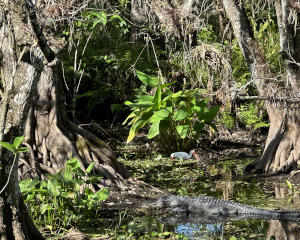
The Real Magic Kingdom: Florida’s Corkscrew Swamp
By Gayil Nalls
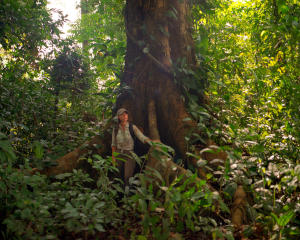
Mind the Darién Gap: Saving Central America’s Endangered Rainforest
By Alexandra Climent
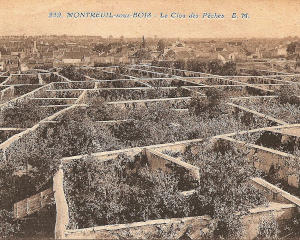
Fruit Walls: Urban Farming in the 1600’s
By Kris De Decker
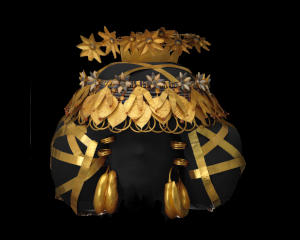
The Goddess & The Rose
By Nuri McBride

Deirdre Fraser: The Plant Wizard of Pearl Morissette
By Gayil Nalls

Eat More Plants Recipes:
Cucumber and Sour Cherry Salad
By Deirdre Fraser

As Ireland transitions from the rich, smoky scent of peat-burning to a more sustainable future, its olfactory heritage is evolving. What will become the next iconic aromatic symbol of Ireland?
Click to watch the documentary trailer.


